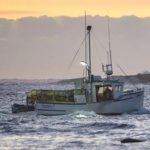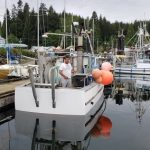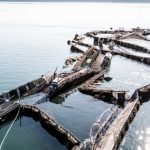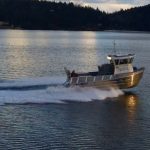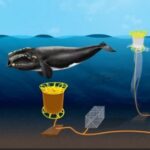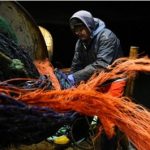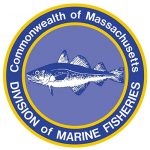Daily Archives: May 22, 2022
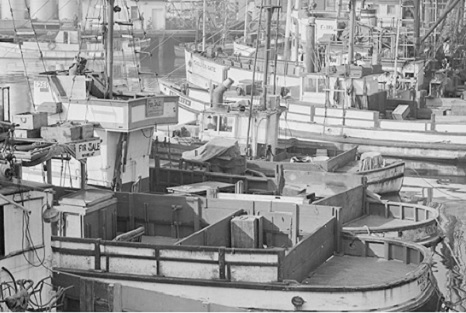
The Lost Japanese Fishing Community from San Pedro
Beginning in the early 1940s, 3,000 first and second-generation Japanese made their homes in an area of Terminal Island known as East San Pedro. The Japanese Fishing Village was next to Fish Harbor, and many of the locals worked in the fishing industry. When a dozen Japanese fishermen settled on Terminal Island at the turn of the twentieth century, it was still a rural stretch of land with around 200 homes. Originally known as Rattlesnake Island due to the snakes that would gather after torrential storms, it had recently been renamed after its new owner, the Los Angeles Terminal Railway. Approximately 250 fishing boats were owned and operated by the residents. Most of the local people, not working on the boats, worked in the many fish canneries clustered together on Terminal Island. >click to read < 17:26

Who’s really in the trap? How new right whale regs are hurting Maine’s lobster industry
I was five years old, opening my family’s refrigerator door in search of a juice box, when a live lobster fell out and started thrashing around on the floor. Naturally, I immediately screamed and ran out of the kitchen at the sight of this crustacean monster. That was the first time I really put the pieces together of what my father did for a living. As a local Maine lobsterman, he would often bring home portions of his catch while I was growing up. I’m not sure if that would be the case now if he were still in the industry. Even in the short span of my lifetime, the Maine fishing industry has faced new challenges as the world changes around us. >click to read < By Hajna Nagy15:43

We’koqma’q gets federal approval for moderate livelihood fishery
We’koqma’q First Nation in Cape Breton reached an understanding with the Department of Fisheries and Oceans this week. Certain harvesters can now fish lobster and sell the harvest during the established 2022 commercial seasons in Lobster Fishing Areas 27 and 31A, which run until mid-July and the the end of June, respectively. “Our harvesters continued to voice how they wanted to be able to exercise their Treaty Rights safely and they are excited to be able to provide for their families and our community through exercising their inherent rights,” said We’koqma’q Chief Annie Bernard-Daisley in a release Friday. Both fishing areas are off the Cape Breton coast. There will be a limit of 210 traps per fishing area, according to a DFO release. > click to read < 14:18
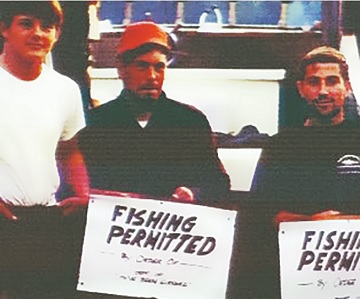
Fishing permitted
Another commercial fishing season is here, and the race is on to get those potentially lucrative “marker” sets. Back in the good old days, a series of signs designating where fishing was prohibited were placed on posts across the Copper River Flats or typically nailed to trees near various streams and bays on Prince William Sound. At one time, the Protection Division of the Alaska Department of Fish and Game even had “stream guards” camped near prime areas to prevent encroachment. “Jumping the gun” to get the first set of an opener was always a tense moment, as was pushing the “line”. One almost longs for the good old days, and some of the colorful stories that resulted. > click to read < 10:29
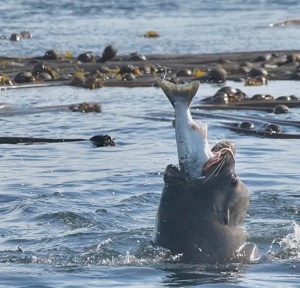
Are sea lions and seals eating too much of B.C.’s salmon? The answer may lead to a cull
An increasing number of the protected seals and sea lions (larger than seals, sea lions can walk) may be upsetting the balance of the British Columbia marine ecosystem. Now some First Nations are proposing a cull. “Environmentalists trying to stop traditional seal and sea lion hunts … are trying to starve out the Indians,” says Tom Sewid of the Kwakwak’wakw First Nation on northeastern Vancouver Island. “I won’t put up with it.” And as seals and sea lions have prospered, salmon have struggled. “The demise of the salmon runs in British Columbia is equivalent if not greater than the extinction of the great buffalo herds across the Great Plains” in the 1800s, says Sewid. > click to read < 09:01



































